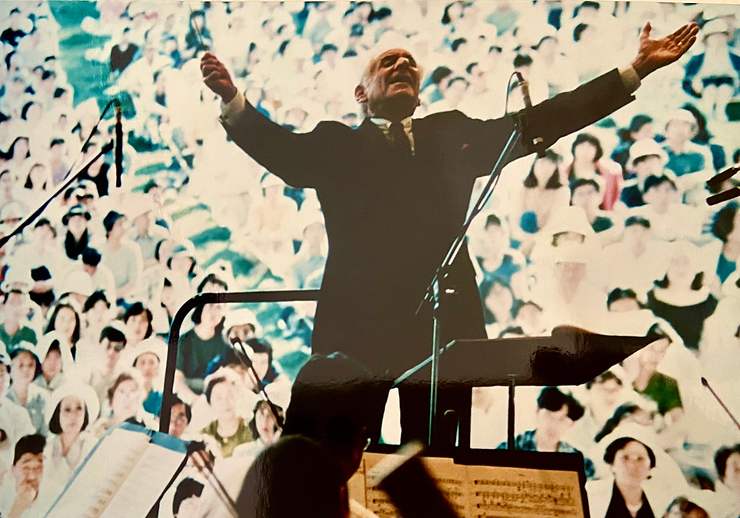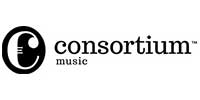
When I was fifteen, I spent a wonderful summer in Germany preparing for an audition for a Purcell School scholarship. I stayed in the magnificent home of a music-loving lawyer and his family, our friends from previously living there.
I practised for up to six hours a day, mostly on violin, oboe, and piano. I had plenty of time to imagine how the music industry—and more specifically, my career—could look in the future.
I was, and still am, motivated by chamber music. As I played in that lovely German home, I thought how lovely it would be to have groups of high-quality musicians who play, think, and sync as one. And what if they came to people’s houses and played to them, privately?
The German lawyer echoed my sentiments, inviting his neighbours for an impromptu recital. It was marvellous.
From that day, the idea lingered in the back of my mind.
It’s taken me until now to make it a reality… and to find a team of suitable players, too.
“These musicians support my start-up vision of community chamber concerts for audiences of all ages. Concerts that demonstrate the context, lives, and details of composers and musicians throughout history while delivering unforgettable musical experiences.”
But it’s all here.
During South Australia’s COVID challenges, I connected remotely with a team of superb independent artists—among the best I’ve worked with across my 30-year career at the top of the orchestral elite.
These musicians support my start-up vision of community chamber concerts for audiences of all ages… concerts that demonstrate the context, lives, and details of composers and musicians throughout history while delivering unforgettable musical experiences.
Why now?
Well, apart from COVID and crowds, I have two artistic motivations:
1. Working directly with acclaimed American conductor Leonard Bernstein
This experience in 1990 was foundational. In the last months of Bernstein’s life, when he was devoted to music education and founded Pacific Music Festival (PMF) in Japan, I was one of six young musicians the London Symphony Orchestra (LSO) chose to complete the first PMF student orchestra.
Bernstein took special care of us, offering private auditions—partly because we were pupils of his favourite LSO musicians. He made his passion and commitment to music clear, positioning it as part of everyday life. For him, music seemed so natural and vital (and it is!)
As our LSO mentors—and Bernstein himself—knew, he didn’t have long left. Officially, we students weren’t aware. But we had an inkling.
It was an intense, special time. My role in Bernstein’s last concerts and hearing his final West Side Story are unforgettable memories.
2. My lifetime experience with synesthesia
Synesthesia or chromesthesia, a sensorial blending of music and colour, is an emotional experience. Selfishly perhaps, I feel drawn to seek it out through flowing enactments with skilled musicians playing in perfect harmony.
“This rhythmic flow state is difficult to achieve in larger groups. That’s why it’s now time to return to intimate, small-room chamber experiences—the authentic meaning of ‘chamber’ music.”
This rhythmic flow state is difficult to achieve in larger groups. I aim to return to intimate, small-room chamber experiences—the authentic meaning of ‘chamber’ music.
My work with the National Trust of South Australia opens doors to some of South Australia’s beautiful historic buildings and cherished visitor experiences. (For more on flow, seek my colleague Eve Newsome’s important research.)
Breaking down barriers
So, I present my chamber music programs with a narrative—to deliberately break down barriers between audiences and performers.
I don’t love massive concert halls anymore, although I do appreciate the great acoustics! What moves me more is seeing the audience’s reactions as we play, telling stories about why and when the music came to be. If the performance is fun, engaging, and enjoyable, it applies to our musicians, too.
I’d love all our performances to be authentic—not just historically, but individually. Musicians playing because they have something to say, choosing which material to play and with whom. It’s vital for genuine performance.
This is why, despite COVID interruptions and the devastation of the arts, I’m glad to be part of the vanguard of creative thinkers reimagining our industry and its audience.
Supporting independent local artists keeps our economy and culture alive and vibrant. To do my bit, I’ve created live concerts for hire, a national primary school program, self-promoted classical events, a YouTube channel inspired by my synesthesia, and a recording label.
This is my life’s work.
To stay tuned for part two and our other upcoming events and products, sign up to my database here.





